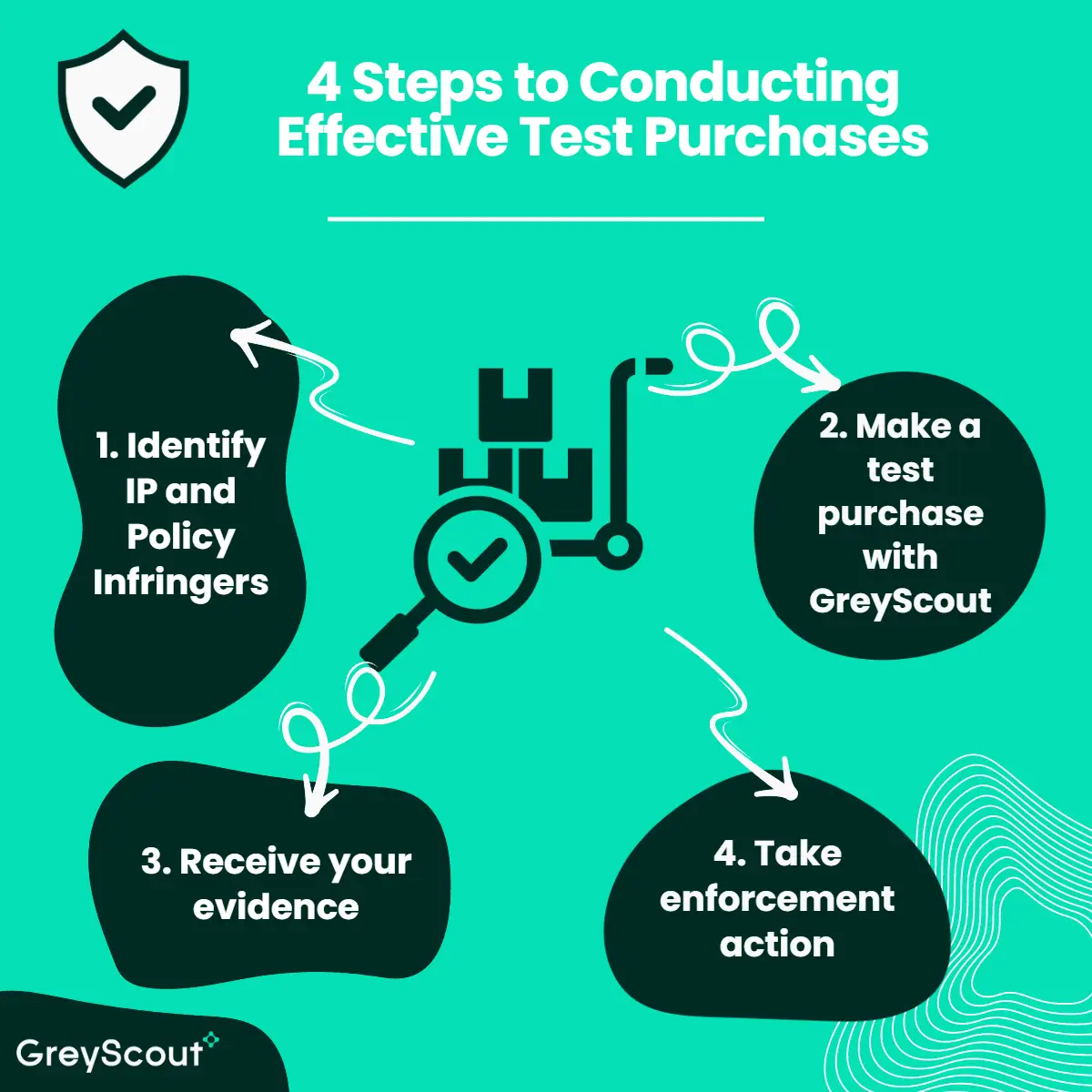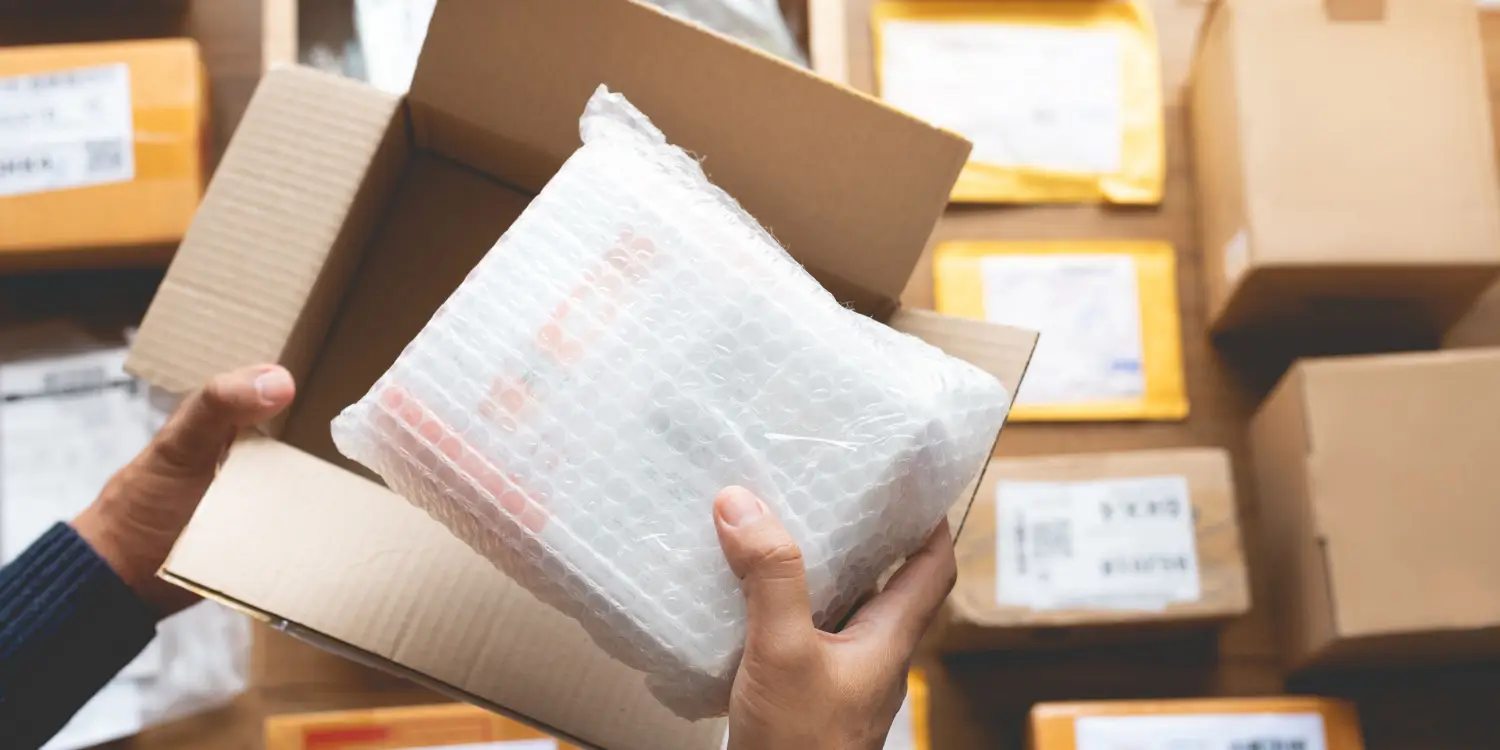Earlier this year, Amazon released its third annual Brand Protection Report, which presented some staggering numbers exemplifying the problem of counterfeit goods on the e-commerce platform. Over the past few years, Amazon has thrown tremendous resources at tackling the counterfeiting issue. In 2022, Amazon spent $1.2 billion and employed 15,000 people to fight fraud within the marketplace. Still, counterfeiting remains arguably the No. 1 issue for the company when protecting both its customers and legitimate sellers.
Amazon has launched several efforts to combat counterfeiting. Most recently, Amazon launched the Anti-Counterfeiting Exchange (ACX), an initiative to help retail stores label and track marketplace counterfeits. Still, according to the Brand Protection Report released in April, counterfeit goods are widely available on Amazon.
The report highlights how Amazon’s Counterfeit Crimes Unit (CCU) sued or referred for investigation over 1,300 criminals in the U.S., U.K., EU, and China. Through their efforts, Amazon identified, seized, and appropriately disposed of over 6 million counterfeit products destined for sale on their platform. The CCU has also worked with large brands such as Canon to file lawsuits against counterfeiters and other bad actors.
While Amazon provides brands active on the platform with tools to help identify potential counterfeits of products, brands need to take a step further for optimal protection of their products sold on the marketplace.
In addition to utilising brand protection software, test buying is a great measure brand selling on marketplaces like Amazon can take to identify unauthorized 3P sellers peddling fake, stolen, damaged or any brand policy infringing versions of their products with 100% certainty.
What are test buys or test purchases?
Test buying is a straightforward concept. When a brand identifies a suspected counterfeit, brand policy infringing or stolen product listed on an e-commerce marketplace such as Amazon or eBay, they can conduct a test purchase to inspect the physical product directly. They can gather evidence on bar codes, expiry dates, packaging and other such factors.
From there, they can perform an inspection and confirm its authenticity. What’s more, brands can also make test purchases from authorised distributors to audit compliance with agreed-upon distribution terms.
Through a test buy, in addition to verifying authenticity, brands can determine if distributors are packaging their products correctly and adhering to agreed-upon guidelines to ensure customers are getting an “on-brand” experience.
How do brands perform test buys?
When a brand has reason to believe its products are being counterfeited and sold on Amazon, performing a test buy is a great next step. As highlighted extensively in previous GreyScout blogs, utilising brand protection tools to monitor, identify, and quickly act to defend against counterfeiters and other cyber criminals is critical.
After identifying potential threats, a test buy can confirm if the goods are authentic or if authentic goods have fallen outside of authorised distribution channels. While test buying is simple, brands should use a formal procedure for performing it. For example, they should ensure a test buy is not done from a business account in the interest of remaining anonymous and try to leverage a third-party test purchase solution where possible.
Also, they should ensure that they do not leave feedback on a test purchase as this violates Amazon’s terms and conditions. When documenting the confirmation of a counterfeit item, it is important to include all relevant information, including:
- ASIN/ISBN of the product
- Photos and pictures of the orders
- Product Title
- Store name
- Order confirmation number
- Description of evidence that the item is counterfeit/materially different
What comes next?
After completing the test purchase of an item from a suspicious listing, brands should document everything, from the purchase confirmation to delivery as noted above. Next, take detailed and explicit photos of the packaging, item, and any add-on items to demonstrate that the item has been faked.
After documenting all relevant information, brands can submit their claim to Amazon through Seller Central by simply logging in, clicking “Other Issues,” followed by “Report a Violation.” Amazon will then investigate the claim and flag the listing for removal. Or, share the evidence with any other marketplace brand protection and IP portals in case the test buys were conducted for other eCommerce platforms like Walmart, Alibaba, Taobao or more.
The Bottom Line
Staying on top of the growing counterfeiting and unauthorized 3p sellers can be a full-time job, but brand protection software can make it easier. While performing a test buy on your own is possible, brand protection technology with built-in test purchasing tools can give your brand an edge.

Through GreyScout’s test buy and test purchase solutions, brands can easily target persistent grey market and IP infringing sellers through a test purchase, which documents infringements and builds irrefutable evidence against your worst offenders so that you can take robust, effective enforcement action.

